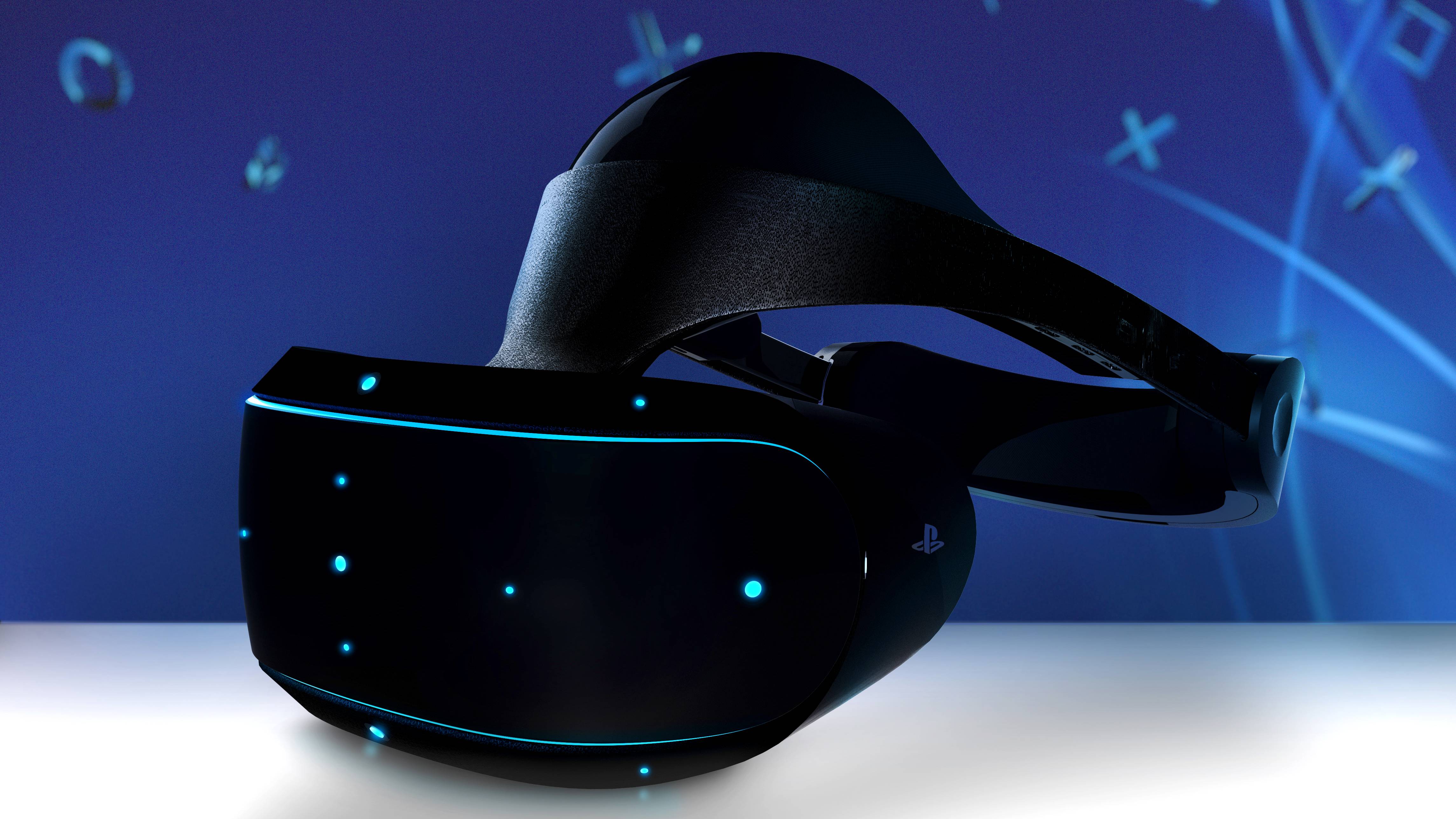PSVR 2 is still some way from being ready, and could be mega expensive
Key component of PSVR 2 is still not locked in

With Sony’s PSVR 2 virtual reality headset for PS5 headlining the company’s big CES 2022 showcase, you’d be forgiven for thinking the device’s release is near. However, it’s still yet to get a release date, and the reason may sit with the headset’s eye-tracking technology.
It appears that Sony has yet to finalise a deal with an eye-tracking technology partner – though it appears to have one in its sights.
In a statement published on Monday and spotted by VGC, eye-tracking specialists Tobii AB, the “global leader in eye-tracking and pioneer of attention computing” said that it is “currently in negotiation with Sony Interactive Entertainment to be the eye-tracking technology provider in SIE’s new VR headset, PlayStation VR2″.
Crucially, those negotiations do not appear to be finalized, according to Tobii, as it states it will not be commenting on the financial details of any deal as “negotiations are ongoing”.
The price of progress
Tobii has long been a player in the eye-tracking space, working on everything from arcade machines to modules that allow for eye-control in PC games. Its Eye Tracker 5, for example, works with around 160 PC titles, and works incredibly well – players can use the device to control camera movements, use items and track targets. It’s particularly useful as an additional input control option for those with accessibility issues.
But it comes at a price. The Eye Tracker 5 sells for about $230 / £230, by itself. Should Sony be opting for similar technology in its headset, that could dramatically increase the price of PSVR 2 - the original PSVR, for instance, cost $399 / £349 at launch without any eye-tracking support built in. Keep in mind the PSVR 2’s other proposed advanced specifications – a 4K HDR OLED display, 120Hz max refresh rate, improved controllers – will have to be factored into that final price, too.
Sony will have the advantage of manufacturing at scale, something that a niche device manufacturer like Tobii won’t have access to, which will drive the cost down, as well as the usual subsidizing factors – much of Sony’s hopes for profit will come from ongoing software sales.
Sign up for breaking news, reviews, opinion, top tech deals, and more.
But to achieve big software sales numbers requires scale, and with Sony still struggling to meet demand for the console itself, it may not be able to make the usual assumptions as to the wider popularity of its updated VR software catalog.
Regardless, the eye-tracking technology is arguably the key next-gen factor in the PSVR 2, more so than the improved display or even controllers. It’s the glue that ties everything special about the new hardware proposition together, offering a more comfortable in-headset viewing experience, as well as enabling accurate foveated rendering – the ability to realistically mimic peripheral vision by dropping the resolution of any in-game element that is outside of the player’s focus point. That’s a key element of driving such a high-resolution display at high refresh rates, taking the burden off the PS5’s processing ceiling by dialing back the detail on everything but what the player is actively engaged with.

Gerald is Editor-in-Chief of Shortlist.com. Previously he was the Executive Editor for TechRadar, taking care of the site's home cinema, gaming, smart home, entertainment and audio output. He loves gaming, but don't expect him to play with you unless your console is hooked up to a 4K HDR screen and a 7.1 surround system. Before TechRadar, Gerald was Editor of Gizmodo UK. He was also the EIC of iMore.com, and is the author of 'Get Technology: Upgrade Your Future', published by Aurum Press.